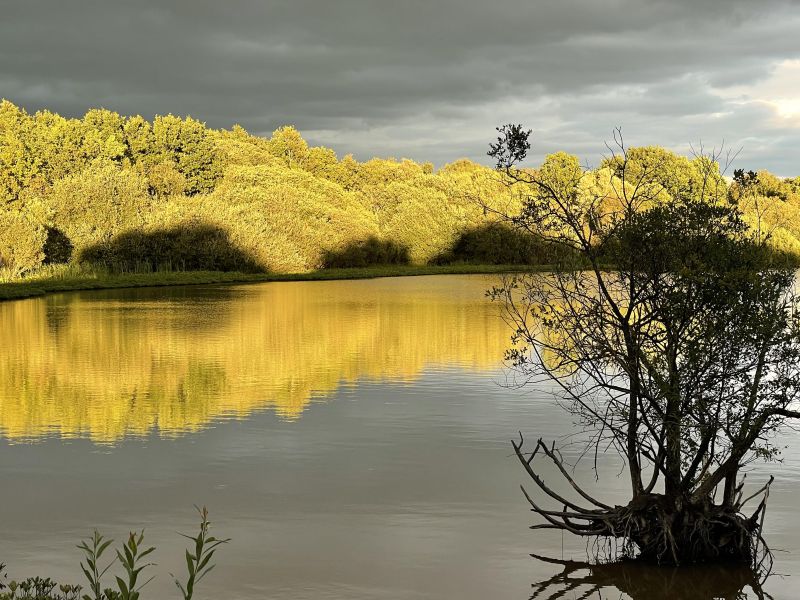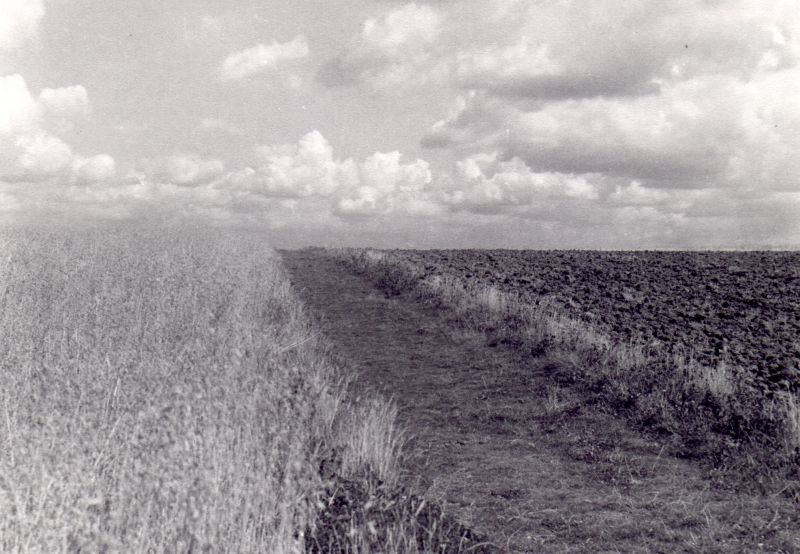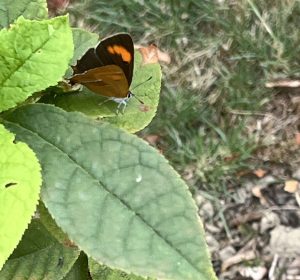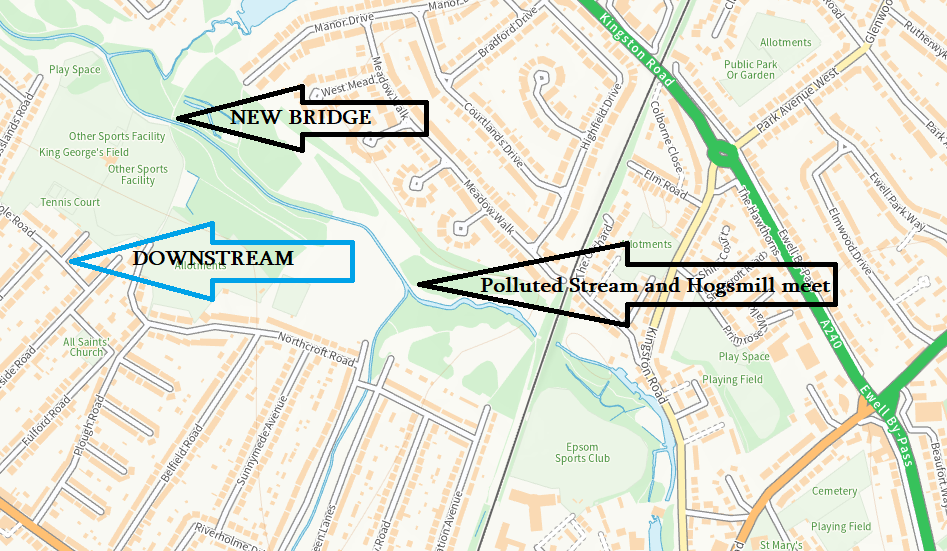Epsom and Ewell Borough Council is pleased to have received a Green Flag Award for Epsom Common Local Nature Reserve, one of 2208 UK winners. The award is the international quality mark for parks and green spaces.
This is the 16th year that Epsom Common Local Nature Reserve has received this award.
Over the last few years, borough parks and nature reserves have been vital places for people to relax, exercise and meet friends and family safely.
Councillor John Beckett of the Environment and Safe Communities Committee said: “We have some fantastic parks and green spaces in the borough. The news that Epsom Common Local Nature Reserve has achieved the Green Flag Award for the 16th year in a row is a testament to our teams and volunteers whose hard work all year-round ensures it is well maintained. We are also reminding everyone to be fire aware and not to light any BBQs in our green spaces as there is currently such a high risk of fires spreading in this dry spell.”
Commenting on the news Epsom Common Local Nature Reserve has met the Green Flag Award standard, Keep Britain Tidy’s Accreditation Manager Paul Todd said: “I would like to congratulate everyone involved in making Epsom Common Local Nature Reserve worthy of a Green Flag Award.
“Epsom Common Local Nature Reserve is a vital green space for the local community. This award is testament to all the hard work of staff and volunteers, who do so much to ensure that it maintains the high standards demanded by the Green Flag Award.”
The Green Flag Award scheme, managed by environmental charity Keep Britain Tidy under licence from the Department for Levelling Up, Housing and Communities, recognises and rewards well-managed parks and green spaces, setting the benchmark standard for the management of green spaces across the United Kingdom and around the world.
A full list of Green Flag Award-winning parks and green spaces is available at https://www.keepbritaintidy.org/sites/default/files/2022%20GFA%20UK%20winners%20list.pdf.
The Green Flag Award Scheme (http://greenflagaward.org/) is run by the environmental charity Keep Britain Tidy, under licence from the Department for Levelling Up, Housing and Communities, in partnership with Keep Scotland Beautiful, Keep Wales Tidy and Keep Northern Ireland Beautiful.
Keep Britain Tidy is a leading environmental charity. It sets the standard for the management of parks and beaches, inspires people to be litter-free, to waste less and live more sustainably. It runs campaigns and programmes including the Great British Spring Clean, Eco-Schools, Love Parks, Eco-Schools, the Green Flag Award for parks and green spaces and the Blue Flag/ Seaside Awards for beaches. To find out more about Keep Britain Tidy, its campaigns and programmes visit www.keepbritaintidy.org.
Any green space that is freely accessible to the public is eligible to enter for a Green Flag Award. Awards are given on an annual basis and winners must apply each year to renew their Green Flag Award status. A Green Flag Community Award recognises quality sites managed by voluntary and community groups. Green Heritage Site Accreditation is judged on the treatment of the site’s historic features and the standard of conservation.
See yesterday’s report on Epsom Common Association






